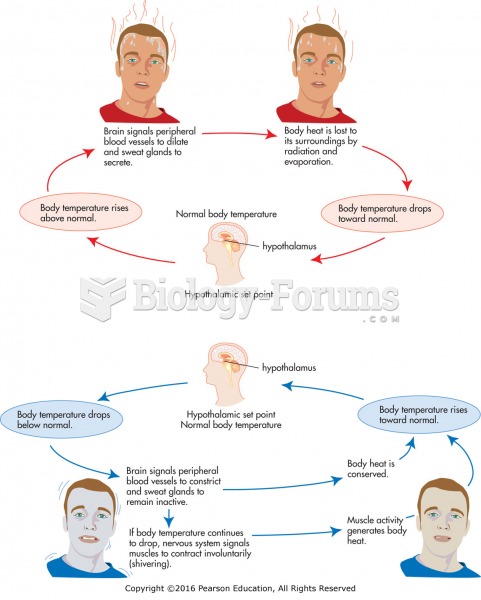Answer to Question 1
ANS: D
A. Incorrect response: See explanation D.
B. Incorrect response: See explanation D.
C. Incorrect response: See explanation D.
D. Correct response: Regarding alveolus B, narrowed airways produce a high resistance to flow that can result in high peak inspiratory pressures. Much of this pressure is dissipated in providing gas flow through obstructed airways and does not overdistend distal alveoli. Heterogeneous distribution of airflow obstruction seen in most airway diseases, however, means that less obstructed alveoli (i.e., alveolus A) may transiently be exposed to these high peak inspiratory pressures and be at risk for overdistention injury.
In lungs with compliance inhomogeneities (alveoli C and D), a positive-pressure tidal volume distributes to the alveoli (i.e., alveolus C) with the highest compliance. The resulting regional tidal volume may be sufficiently large to produce regional overdistention.
Answer to Question 2
ANS: B
A. Incorrect response: See explanation B.
B. Correct response: Several gas exchange abnormalities occur with worsening airflow obstruction. First, worsening respiratory failure in obstructive lung disease generally is characterized by hypoventilation, causing hypercapnic respiratory failure. Second, overdistended lung regions (auto-PEEP) coupled with underlying emphysematous changes in some patients result in capillary loss and increasing alveolar dead space. Third, hypoxemia can develop as a consequence of V/Q mismatching produced by maldistribution of ventilation. Fourth, hypoxemic-induced pulmonary vasoconstriction, along with chronic pulmonary vascular changes overloads the right ventricle, further decreasing blood flow to the lung and increasing alveolar dead space.
C. Incorrect response: See explanation B.
D. Incorrect response: See explanation B.






